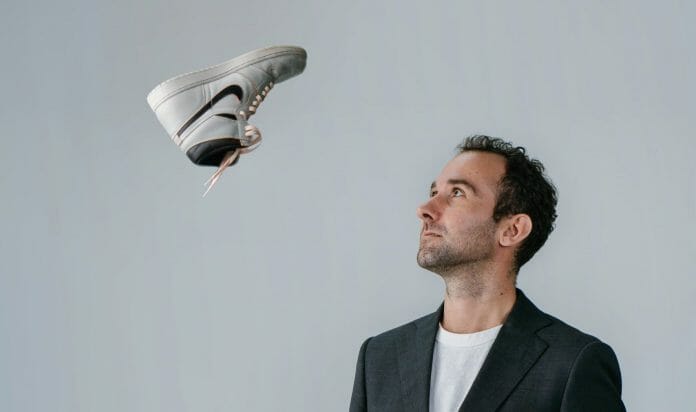According to Gijs Verheijke, Founder and Chief Executive Officer of Ox Street, the sneaker reselling market in Southeast Asia will be over a billion US$ this year. Singapore, he says is a hub of sorts with millions of dollars being transacted by buyers and sellers every month, many of them cross-border.
“Malaysia has a thriving vibrant local market, with its own popular local sneaker conference, ‘SneakerLah’, and a couple of reputable boutiques to buy from. But for the most limited editions, access is still more limited in Malaysia, and selling is very hard and inaccessible,” he says.
The e-commerce platform, Ox Street has seen a strong demand from Malaysia for that reason and has amassed a significant waiting list for sellers. “I am happy to say we have opened for sellers in Malaysia in early January and the response has been very positive.”
In the 90s, sneaker collecting was considered niche and something which only a few would understand, but today it is a passion that has become part of our culture and can certainly be financially rewarding. “If you would have purchased a box full of Air Jordan 1S a year ago, you would have doubled your money by now,” Verheijke says.
Limited edition sneakers are part of a set of what he calls ‘cultural assets’. They hold collectible value through their links to current music, art, and sports culture. It is most comparable with art markets, and sneakers are now seen as a form of wearable pop-art.
The site Founder also says the demand for sneakers vastly outstrips the supply. “We see this when a limited edition drops and is sold out in minutes. We aim to ensure that anyone who is an enthusiast can still get their hands on a pair regardless of where they are in our region.”
85 percent of buyers on Ox Street are below 35 years old, and for sellers the average age is even younger. Verheijke says consistently making money reselling sneakers is a very time consuming hobby and is dominated by youngsters in their late teens and early twenties.
The average transaction value on the platform is around RM1,250 but the team regularly process orders more than RM3,000. The highest priced item listed on Ox Street is the Dior x Air Jordan 1 High, at RM36,000.
However, the site is not only for those expensive sneakers, but also home for ‘under-retail’ products which can go as low as RM260.
“I think what everyone is looking for are sneakers that are a little less common than what you can buy in the class stores. To wear something of which there may only be a few pairs in your city or country is what it is all about.
There is definitely an element of ‘flexing’ or showing off that you have great taste in footwear, as well as access to the most coveted releases,” he tells BusinessToday.
Besides being hub for sneaker enthusiasts, Ox Street is also helping combat fraud and aims to bring more trust in the industry. With edition sneakers transaction for thousands of Ringgits, one can imagine how attractive it is for people to produce high quality fakes and pass them off as real.
By some estimates, as much as 25 percent of sneakers are sold on mainstream e-commerce sites are fake.
Besides fake products, Verheijke says the resale market is fragmented, and not very friendly to newcomers. “Ox Street solves these problems as acting as a middleman between buyers and sellers. We organise the supply into searchable products with clear price information,” he highlights.
Once a buyer buys a product, the seller first ships the product to Ox Street’s authentication center in Singapore, where the team on board authenticates the sneakers.
So how does a potential seller identify the right sneakers to resell?
It is all about supply and demand, Verheijke says. According to Ox Street, there are always rumours going around before a release about how many pairs will be released in each region. Rarity, as well as a more difficult to quantify sense of ‘hype’, are what drives resale prices.
The most lucrative but also most competitive part of the market is attempting to buy sneakers at the retail price on release day, and then flip them on marketplaces like Ox Street. But there also good profits to be made by buying and holding for a few months, before reselling again, the site founder shares.
Verheijke also says the model of releasing products in limited numbers will become even more prevalent in sneakers, but also in other product categories. Ox Street believes that in general for fashion, the new generation’s growing concerns for the environment is making ‘second-hand’ aspirational.
Another key trend is that brands are accelerating their efforts to improve the customer journey online, prioritising e-commerce as the outbreak continues to spread in most parts of the world.
“It is inevitable in my view that brands will ultimately want to start owning parts of the secondary markets for their products,” he says.
“As for us at Ox Street, in the short and medium term we are focused on rapidly expanding our presence geographically, and rapidly improving our apps. We are releasing an update almost daily and will expand into apparel soon,” Verheijke concludes.









